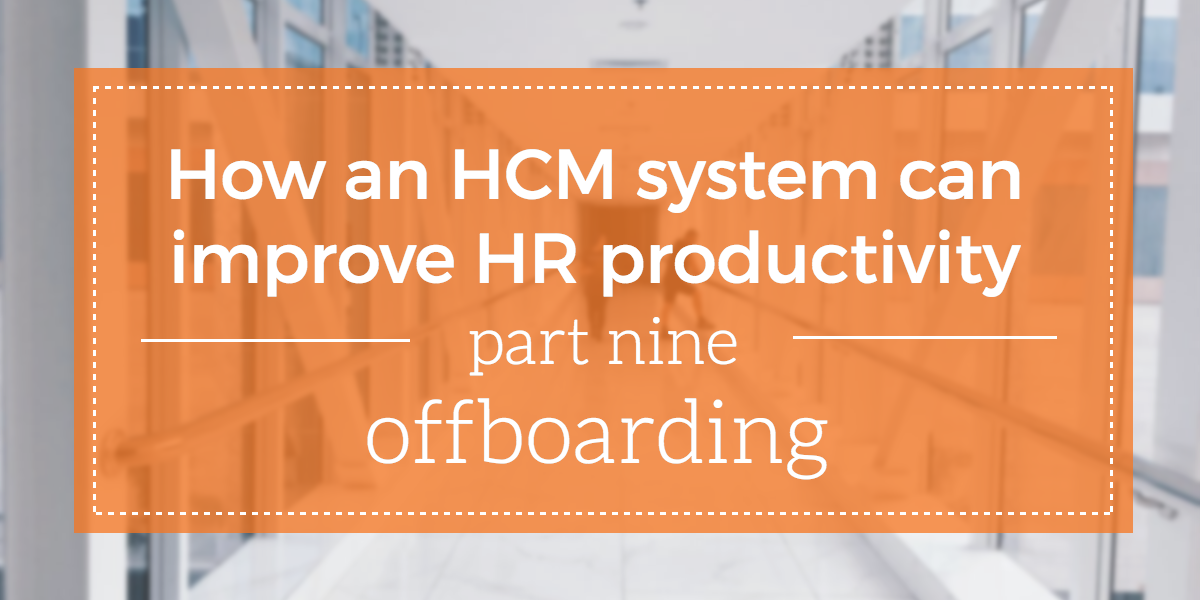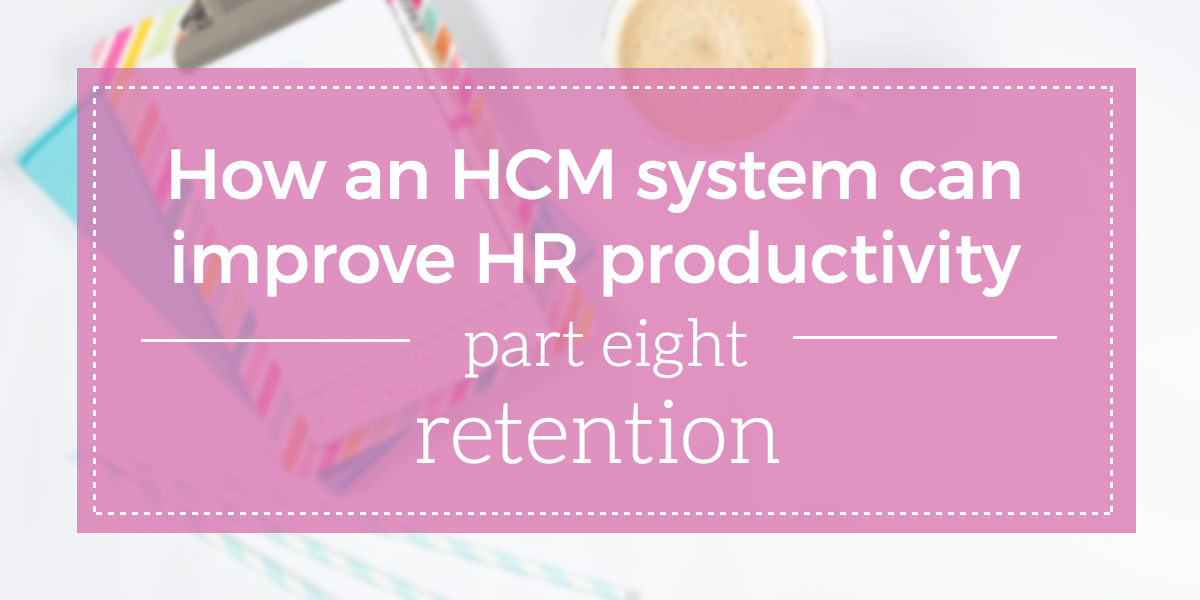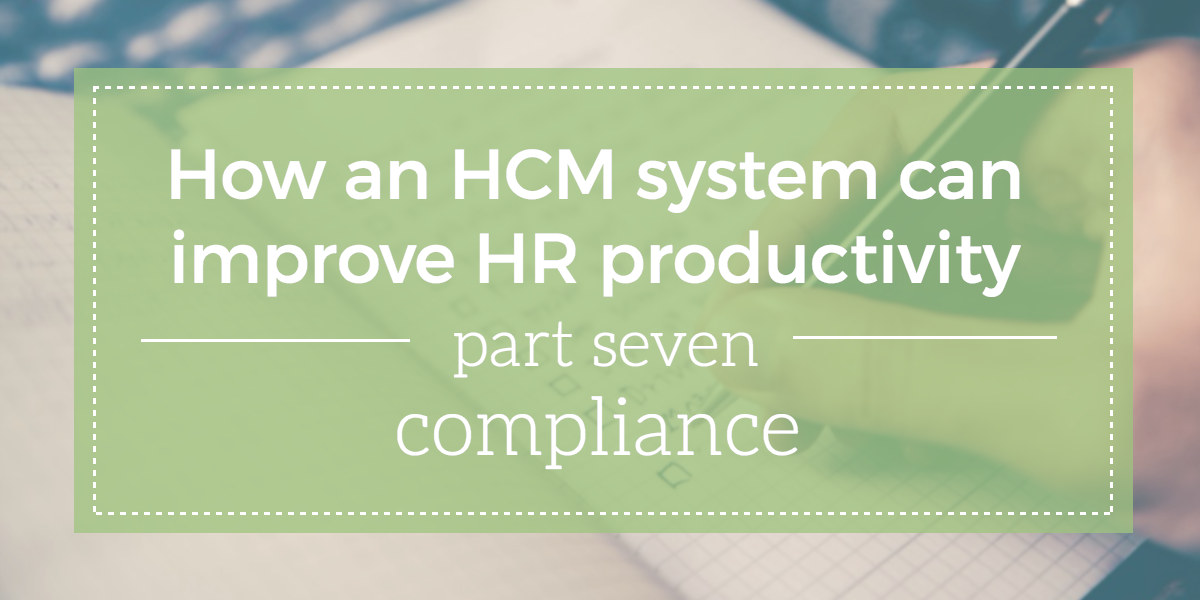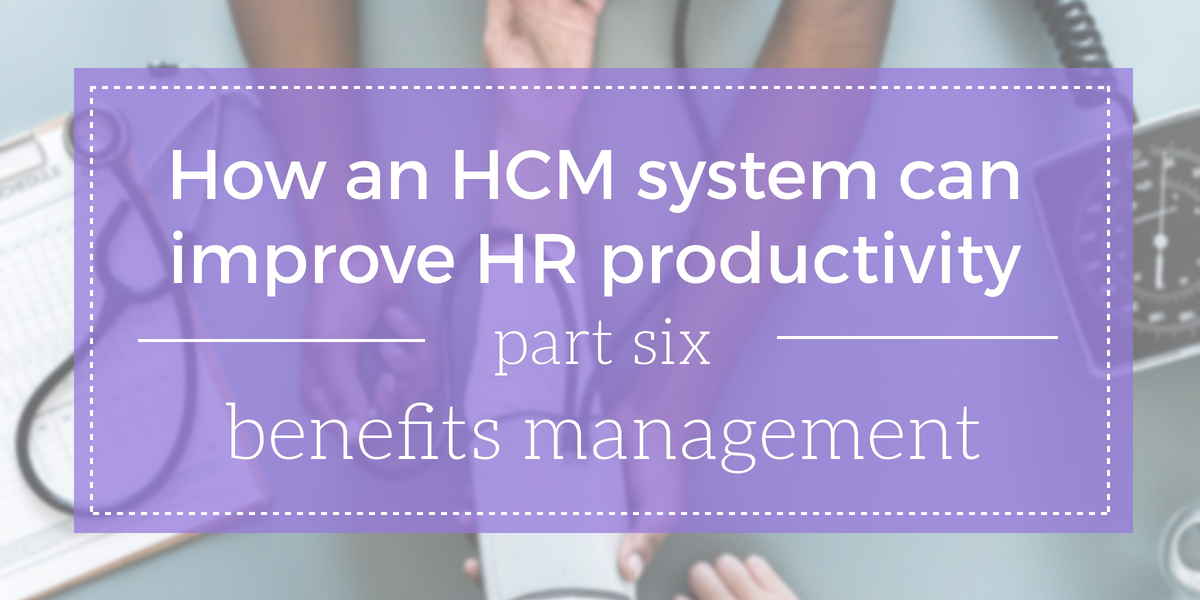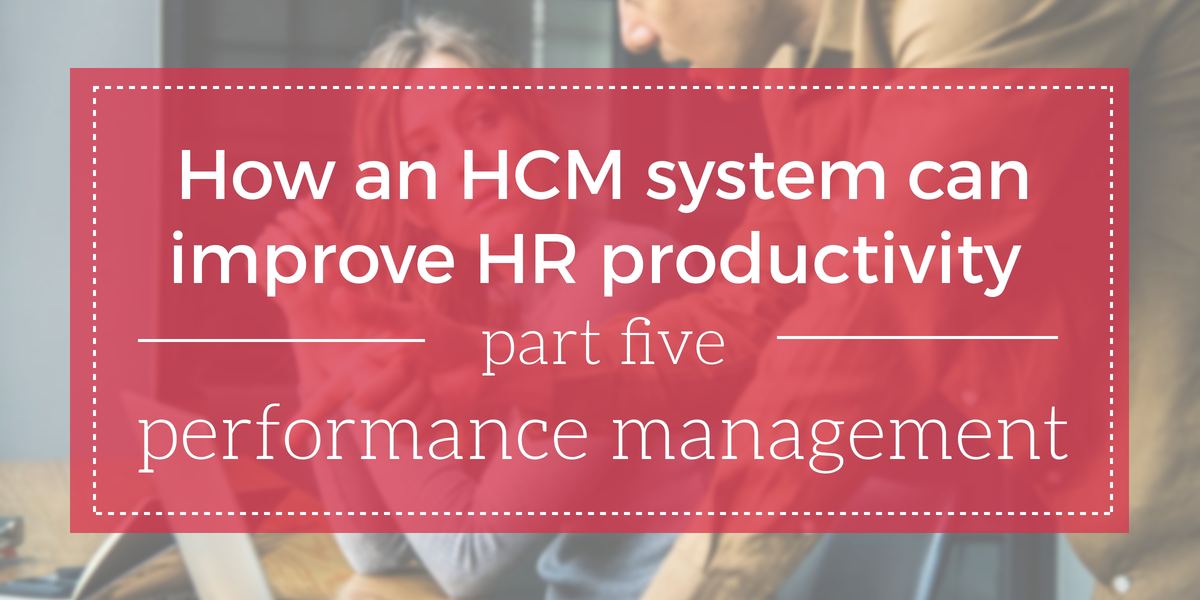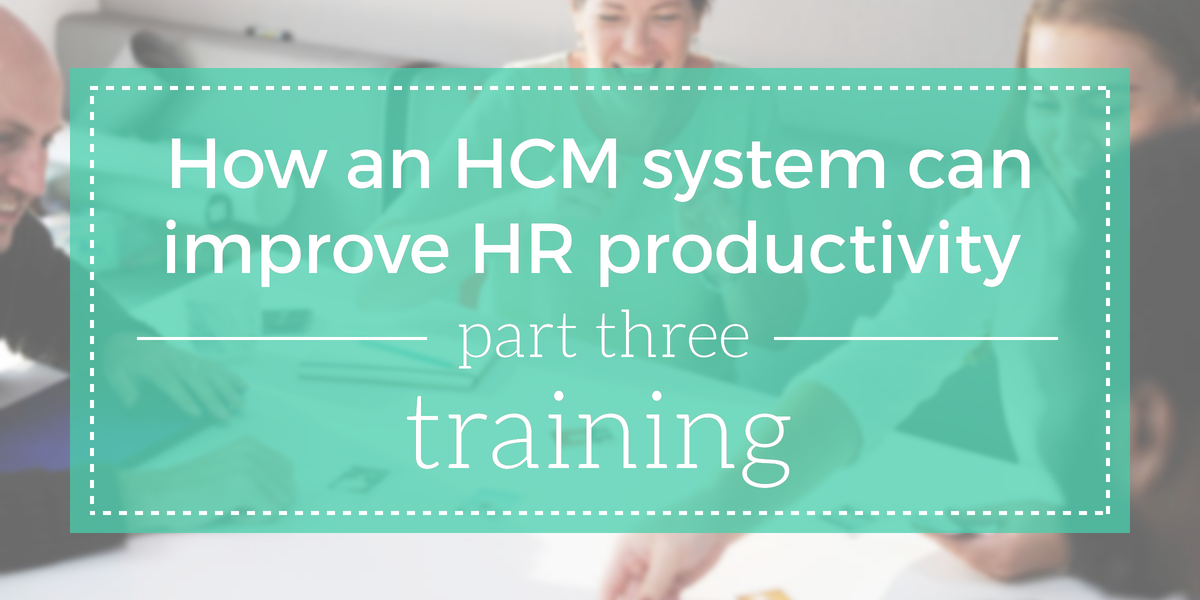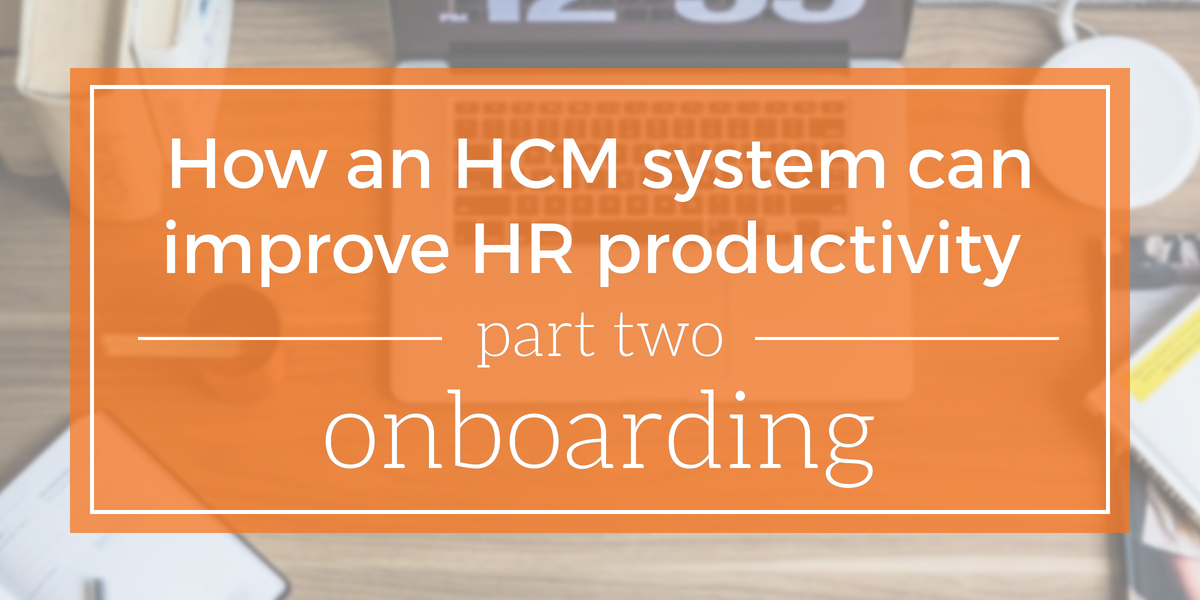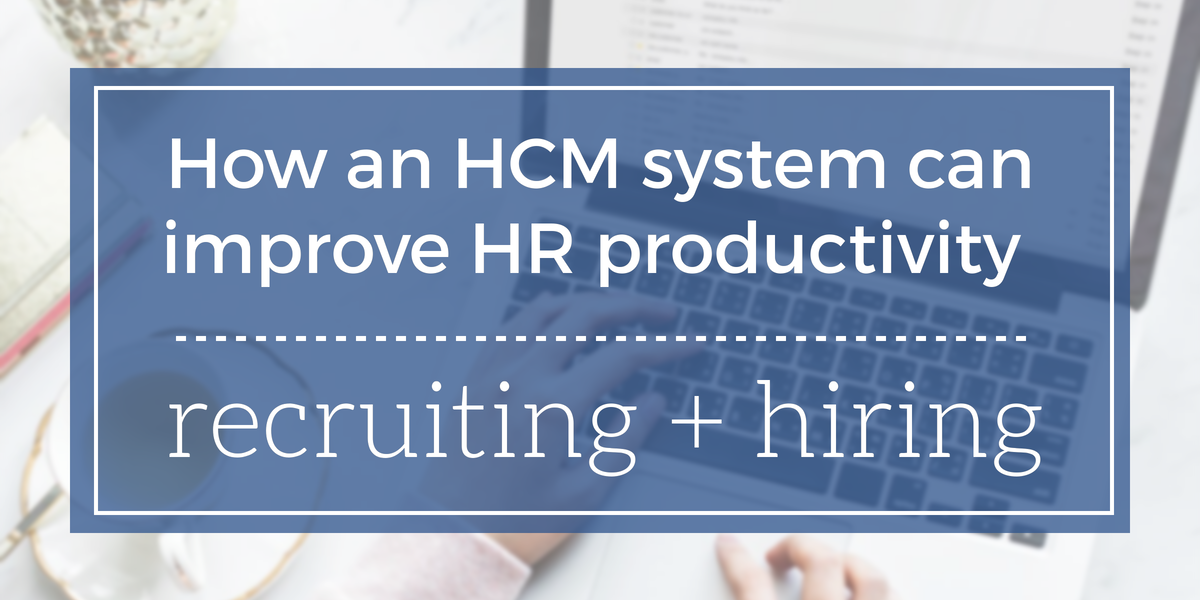A human resources business partner (HRBP) is a critical member of the HR team, helping the
Learn more
Read part 8: How an HCM system can improve productivity for HR, part eight: Retention While you
Learn more
Read part 7: How an HCM system can improve productivity for HR, part seven: Compliance The grass
Learn more
Read part 6: How an HCM system can improve productivity for HR, part six: Benefits Management
Learn more
Making important decisions about employee benefits, like choosing health insurance packages, can be
Learn more
Read part 4: How an HCM system can improve productivity for HR, part four: Payroll If you hear
Learn more
Read part 3: How an HCM system can improve productivity for HR, part three: Training To many of us,
Learn more
Read part 2: How an HCM system can improve HR productivity, part two: Onboarding So you’ve
Learn more
Read part 1: How HCM system can improve HR productivity: recruiting + hiring As an HR manager,
Learn more
You’ve probably noticed that the modern American workforce is changing. That may be partly due to
Learn more

 HR Trends
HR Trends